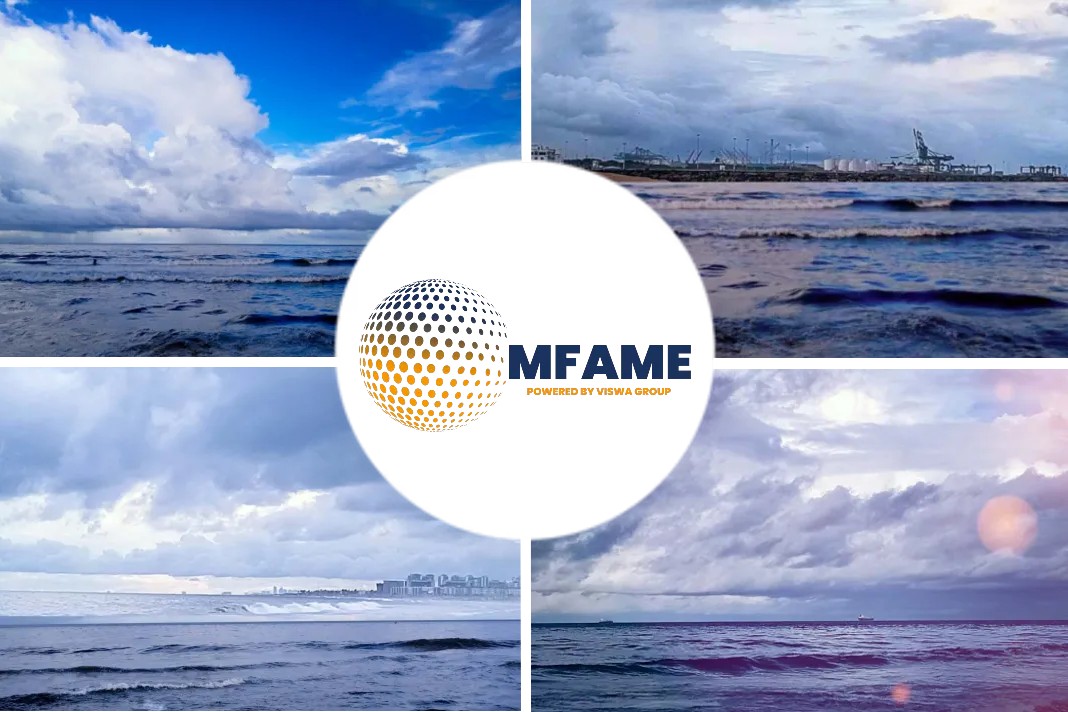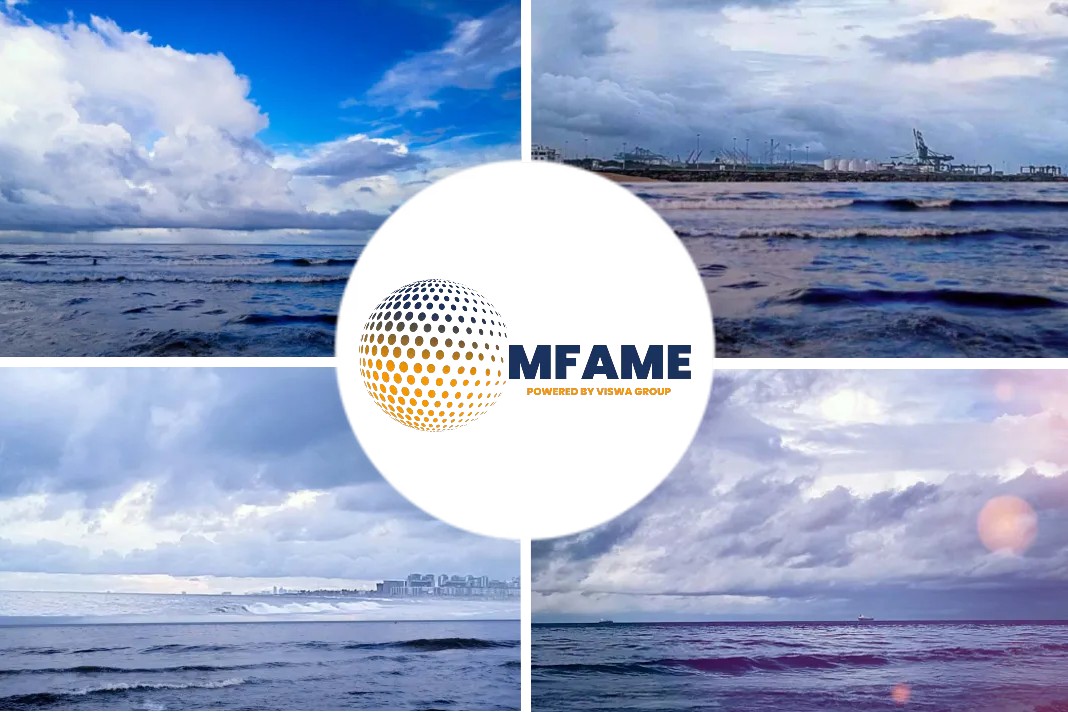- Prediction of top five trends in marine fuels and propulsion technologies in 2019
- Stressed the need for long-term fuels, vision for zero carbon propulsion and transition to LNG
- More emphasis is given for research and development via mergers and acquisitions and third-party investors
- Experts recommend the formation of safety associations to work towards a common goal
Craig Jallal predicts the top five trends in marine fuels and propulsion technology markets for 2019.
Do predictions come true?
Predictions often turn out to be nothing more than a lot of hot air, but they serve several purposes. They spur conversation about important issues, and they get people thinking ahead. They also offer an interesting (and often amusing) historical perspective when we look back on them later.
Whether I turn out to be right or wrong, it is probably fitting that my first prediction for the trends and influences that will shape 2019 concerns hot air of a sort … hydrogen gas, to be specific.
Long-term fuel needs
Developing the long-term fuels shipping needs in the short-term MAN to develop world-first marine hydrogen fuel gas system
When looking at all the options available for meeting the 2050 greenhouse gas targets, the hydrogen fuel cell is a strong candidate. A hydrogen-powered engine may be available in 2019, and I predict that hydrogen fuel cells and other hydrogen technologies will become the thrust of new propulsion development projects in 2019.
A vision for zero carbon propulsion
My reasoning is that while we’re striving for a net zero carbon propulsion for 2050, an alternative like sail power — although feasible for use with modern control systems and autonomous shipping modules on some vessels — is not yet suitable for large ships such as Capesize dry bulk carriers, VLCCs, and 22,000-TEU container ships.
Of course, it will take some time for hydrogen technology to mature, and in the meantime, we do have other alternatives to fossil fuels.
Transition to LNG
LNG, on the other hand, is beginning to be seen as a transitional medium-term measure. It has the benefits of lowered emissions compared to other fossil fuels but the drawbacks of high CO2 and methane slip.
Research and Development
Spreading R&D costs via mergers and consolidations, Rolls-Royce Marine boss ‘on the same side’ as staff
Developing new propulsion technologies costs money and absorbs a significant portion of the R&D budget for businesses who are pushing the boundaries. And the hope of financial return is often years away.
Need for mergers
For this reason, my second prediction is that there will be a spate of mergers in 2019 among smaller firms developing fuel cell, hybrid, and other ‘first-mover’ type technologies. These may be physical mergers and takeovers like Kongsberg and Rolls-Royce or virtual consolidations.
Third-party investors
Third-party investors look to influence marine engineering which brings me to my third prediction, the influence of third parties in the sector. By the third party, I refer to large investors looking to grow technology companies. One example is DNV GL’s backing of 3D printing by establishing the Global Additive Manufacturing center of excellence in Singapore this year.
To date, this sort of investment has been more common in the software sectors, but in years to come, we might look back at IMO 2020 sulphur cap as the catalyst that created maritime unicorns* with an engineering aspect.
(*Software investors refer to a start-up company valued at over US$1 billion as unicorns — so rare, they achieve mythical status. Perhaps these should be called mermaids for the shipping sector?)
Priority of safety associations
Time for a new safety association for autonomous shipping, Rolls-Royce and Finferries demonstrate the world’s first fully autonomous ferry.
Sticking with the theme of coining new terminology, my fourth prediction is the formation of an autonomous shipping association in 2019: the SVAN association.
In the first week of December 2018, Rolls-Royce gathered their VIP clientele and journalists from major shipping publications on board the Finferries vessel Falco in Finland to witness the world’s first remote and autonomous ferry journey.
Within the same week in Finland, two other rivals for the autonomous crown ABB and Wärtsilä of Finland also announced their own independent autonomous sailings in Finland. All this autonomous shipping activity in the space of a few weeks only highly highlights how important technology is seen to be for the sector.
Unfortunately, in spite of the commercial reality that these three companies are rivals and there is big money at stake, I feel the competitive element is overshadowing the very reason for the development of autonomous shipping – safety.
Therefore, I suggest that these companies and others who are developing smart and autonomous shipping form the Safer Vessel with Autonomous Navigation Association (SVANA).
The acronym SVAN was developed by Rolls-Royce for its autonomous trials, and I feel it is fitting for the whole sector as it is safety focused. The SVANA association would function as a neutral meeting ground to discuss risks, develop regulations and eventually become a trade body with separate representation at IMO.
2019 to be unpredictable
DNV GL announces 3D printing AoM and Singapore digital hub. This is the essence of my final prediction: 2019 will be full of unpredictability — the ‘black swan’ of years.
And so we shift from SVANA to the black swan, defined as an event or occurrence that deviates from the norm and is extremely difficult to predict.
Concluding remarks
Black swans are arriving in 2019 in the run-up to IMO 2020 Global Sulphur Cap. In fact, one has already taken flight in the December 2018 announcement that Singapore soon will be banning open loop scrubbers in its waters.
Did you subscribe for our daily newsletter?
It’s Free! Click here to Subscribe!
Source: MPropulsion



























